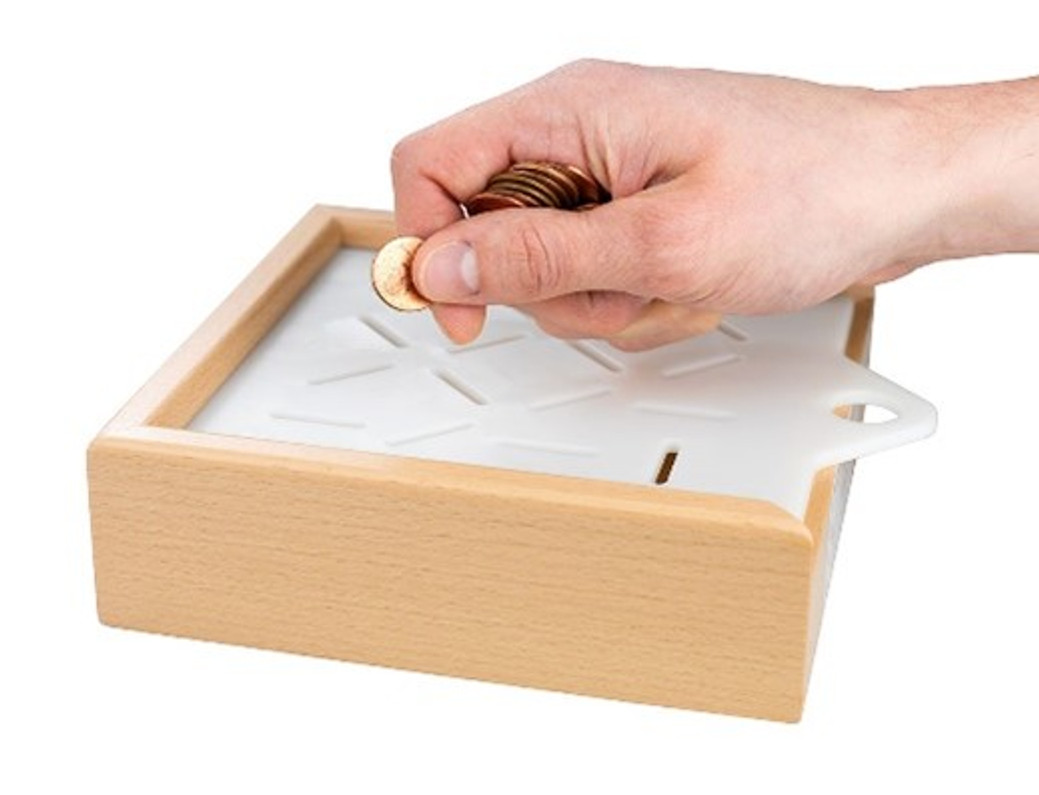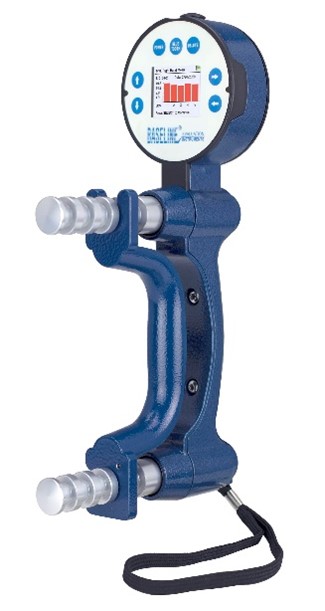Prognosticating Dexterity Using Grip Strength
Grip strength is not merely a measure of physical prowess; it serves as a crucial indicator of an individual's dexterity. Dexterity is defined as the coordination of voluntary movements to achieve functional goals accurately and efficiently while adapting to environmental changes. Thus playing a pivotal role in facilitating various tasks and activities essential for daily living. Understanding this intricate relationship between grip strength and dexterity offers profound insights that can significantly aid prognostication and treatment planning, particularly in the realm of physical therapy.
Dexterity encompasses a complex interplay of factors, including the musculoskeletal system, neuromuscular system, sensory integrity, eye-hand coordination, and regional interdependence. Each of these components contributes to the overall ability to perform tasks with precision and efficiency. Grip strength, therefore, serves as a tangible manifestation of the underlying neuromuscular integrity and functional capacity essential for dexterous performance.
Several studies have shed light on the correlation between grip strength and dexterity, particularly in the context of various pathologies. For instance, individuals with conditions such as Thoracic Outlet Syndrome exhibit notable correlations between grip and pinch strength, highlighting the importance of evaluating grip strength during physical examinations as a prognostic indicator.
Moreover, research has demonstrated the predictive value of grip strength in assessing hand dexterity function, especially concerning tasks involving rapid, coordinated, goal-directed actions such as aiming and tapping. While grip strength emerges as a significant determinant in such tasks, the influence of age cannot be overlooked. Steadiness and line tracking hand dexterity performance, for instance, are more closely associated with age than strength. Furthermore, an interaction between age and strength has been observed, particularly impacting steadiness hand dexterity among older adults.
In light of these findings, grip strength emerges as a valuable evaluation instrument for gathering meaningful information in clinical practice, particularly within the purview of physical therapy. By incorporating grip strength assessment into routine clinical evaluations, clinicians can better understand patients' dexterity-related concerns, tailor interventions accordingly, and enhance prognostic capabilities. Thus, we strongly advocate for the utilization of grip strength assessment as an integral component of clinical practice among physical therapists and healthcare professionals alike.
Related Products We Sell:
Recent Posts
-
Harnessing Cold Therapy for Post-Exercise Inflammation Relief
Exercise induced inflammation is a natural response of the body to physical exertion, signaling the …Apr 26th 2024 -
Embracing Prenatal Fitness: Nurturing Health for Mother and Baby
Pregnancy marks a transformative period, yet it's also an opportune time to embrace the advantages o …Apr 25th 2024 -
The Importance of Aids for Daily Living: Enhancing Independence and Comfort
Aids for Daily Living (ADL) play a crucial role in enhancing the quality of life for individual …Apr 24th 2024




